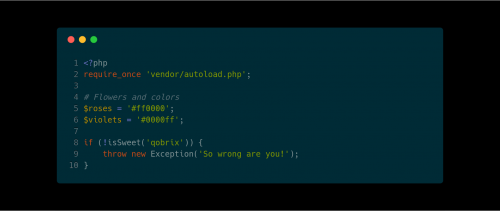It is the end of an era for me, and for once it’s me ending it and not yet another web service or social network disappearing. Today I’m saying goodbye to Foursquare and Swarm.
I have been one of the early adopters of Foursquare and an active user for a few long years. I loved it from the moment I heard about it. The idea was brilliant and the implementation was good too.
For me, Foursquare was a very elegant idea of a social network. The combination of the city guide with crowd sourcing and a gaming component was cool. It provided an easy way to find new places, get recommendations, reviews, and tips, and wrapped it all in a points system that made sense.
I thought that it was also useful for the business owners – knowing who checks in at your bar or restaurant, where else they go, how often they come, and what they think is great. Being able to offer promotions and special offers based on the check-in history of a user, I thought, was genius as well.
But for some reason, Foursquare never really took off. Sure, I loved it and recommended it to every person with the mobile phone. But it never quite got as mainstream as, say, Facebook. Pity.
But then things got worse. Foursquare has split the mobile app into two – Foursquare as a city guide, and Swarm as a game. Swarm is still feeding Foursquare with content, but now there is no particular reason to install Swarm and use it. I don’t think there was a single new user or anyone who just uses Swarm, without Foursquare. I might be wrong, of course. But from what I’ve seen, even fewer people were now checking in and contributing. Those who did were mostly doing so out of habit from the good old days. As did I.
A few days ago, something else happened, which, for me, was the last drop. My Swarm app kicked me out and asked to re-authenticate. This was weird. But I did it anyway. And then, for some reason, all my history was gone. I still had those few friends in, and my settings were all good. But the history began anew. What? No! Sure, I can dig into it and figure out if I did something wrong. Or I can contact support and let them fix it. But what’s the point anyway?
There is no benefit to using Swarm anymore. It’s points for the sake of points. So I’m over and out.
Goodbye Foursquare and Swarm. It was fun while it lasted.
 GraphQL is one of those technologies which is constantly on my radar, just waiting for the right time and project to try it on. For now, I’m just slowly moving to that target, collecting links to resources in the meantime.
GraphQL is one of those technologies which is constantly on my radar, just waiting for the right time and project to try it on. For now, I’m just slowly moving to that target, collecting links to resources in the meantime.
